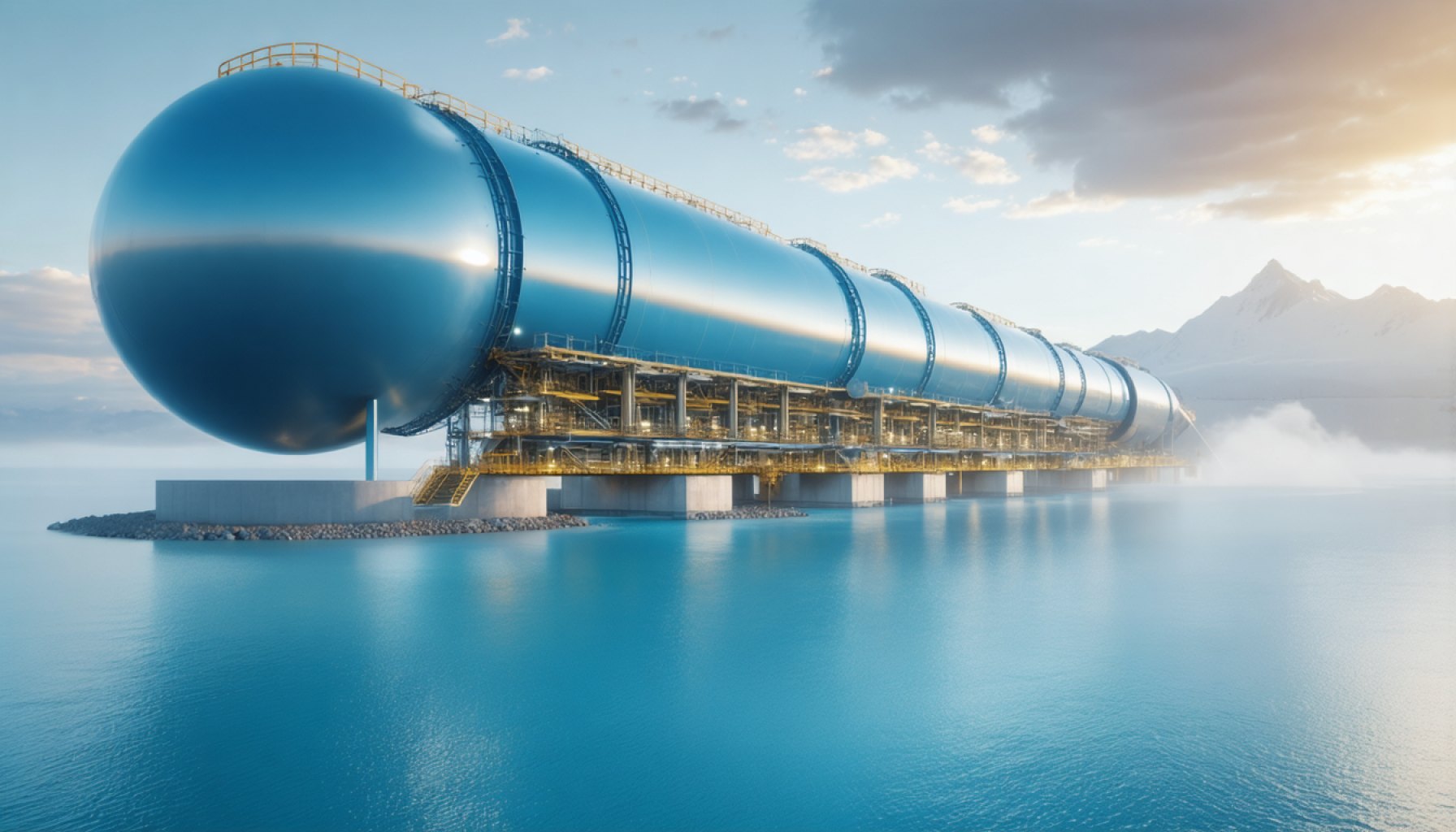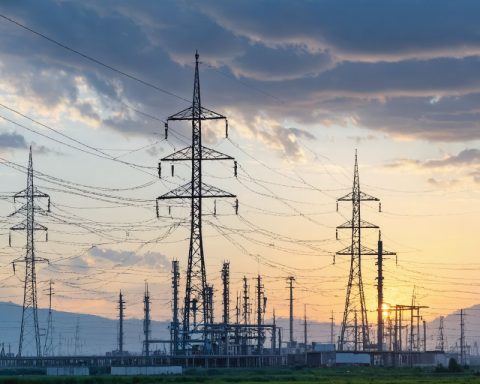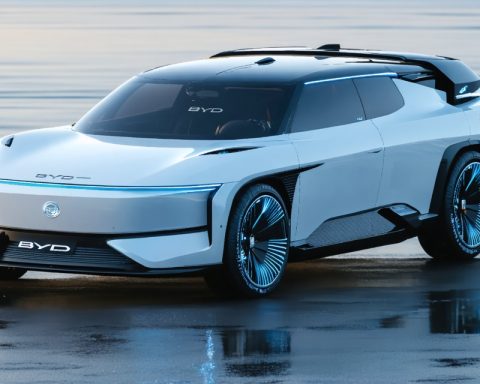- The hydrogen energy storage market is projected to grow dramatically from USD 21.5 billion in 2023 to USD 3,183.9 billion by 2032, with a 74.2% CAGR.
- Hydrogen serves as a key enabler for clean energy solutions, increasing efficiency and stability by storing surplus renewable energy.
- Government and private investments are supporting hydrogen projects aimed at reducing fossil fuel dependence and enhancing energy security.
- Challenges such as high production costs and infrastructure development need to be addressed for hydrogen’s widespread adoption.
- Key industry players like Air Products, Shell, and Ballard Power Systems are driving innovation in the hydrogen economy.
- The market sees diverse hydrogen storage solutions to meet varied demands, including compressed, liquid, and metal hydride forms.
- Regions like North America, Europe, and Asia-Pacific offer significant investment opportunities and influence market dynamics.
- The growing hydrogen wave is bolstered by strategic partnerships and technological advances, heralding a cleaner energy future.
A quiet transformation echoes across global energy landscapes as hydrogen stakes its claim as the catalyst for a sustainable future. Projected to skyrocket from USD 21.5 billion in 2023 to a staggering USD 3,183.9 billion by 2032, the hydrogen energy storage market is not just evolving—it’s exploding, with a thundering compound annual growth rate (CAGR) of 74.2% from 2024 to 2032. This surge is fueled by the world’s insatiable drive for clean energy solutions and a concerted march towards carbon neutrality.
Vividly envision a grid powered seamlessly by the sun’s golden rays and the whispering winds, where hydrogen acts as an adept steward, scooping up surplus energy and tucking it away for when the world demands it most. This terrestrial alchemy not only amplifies green energy efficiency but also ensures that renewable resources partner with the grid like a well-rehearsed ballet, ushering in an era of stabilized power, versatile transport, and robust industrial applications.
The Global Push
Governments and private investors aren’t just passive spectators in this unfolding drama—they’re vigorous actors funding elaborate hydrogen projects to ensure energy security and reduce fossil fuel reliance. The echoes of drills and the hum of machinery in these projects signify more than progress—they signpost a future where hydrogen’s whisper becomes a resounding roar, echoing through energy corridors worldwide.
Yet, challenges snarl at the heels of progress. Rising production costs, an embryonic infrastructure, and energy conversion losses are specters that haunt this promising landscape. Undeterred, however, pioneers in electrolysis technology forge ahead, crafting solutions to vanquish these hurdles and propelling the adoption of hydrogen-based fuel cells ever higher.
Faces of the Revolution
The canvas of this revolution is painted by key players wielding innovation as their brush. Industry titans like Air Products and Chemicals and visionary leaders such as Shell and Ballard Power Systems are not just observing from the sidelines—they orchestrate symphonies of change, creating new notes in the hydrogen economy.
From compressed to liquid, and metal hydride to beyond, hydrogen storage types diversify, reflecting a commitment to meet varied market demands. Whether in energy reserves, renewable augmentation, or serving as backup power, hydrogen establishes itself as a versatile giant in the clean energy arena.
A Regional Tapestry
In the regions of North America, Europe, and Asia-Pacific, the energy narrative changes texture with cultural, economic, and regional influences weaving through it. These areas, ripe with investment potential, highlight a mosaic of social, technological, and political factors that can pivot or propel market dynamics.
Ultimately, the rising wave of hydrogen, buoyed by strategic collaborations and technological marvels, seems unstoppable. Stakeholders standing at the crossroads of this hydrogen age must strategize or risk being overshadowed by the oncoming tidal wave. As the world leans into hydrogen’s embrace, a new energy era heralds limitless possibilities, promising a cleaner, greener tomorrow for all.
Hydrogen Revolution: The Catalyst for a Sustainable Future
The global energy landscape is in the midst of a quiet yet profound transformation, with hydrogen emerging as a pivotal element in the move towards sustainable energy solutions. With projections indicating that the hydrogen energy storage market is set to soar from USD 21.5 billion in 2023 to an astonishing USD 3,183.9 billion by 2032, this technology is experiencing exponential growth, with an eye-watering compound annual growth rate (CAGR) of 74.2% from 2024 to 2032. This growth is fueled by a global demand for clean energy solutions and the drive towards carbon neutrality.
Key Insights Into Hydrogen’s Role in Clean Energy
1. Hydrogen in Renewable Energy Integration: Hydrogen acts as a critical component in stabilizing renewable energy sources. It efficiently stores energy when output exceeds demand and releases it when needed, thereby ensuring the reliability and flexibility of wind and solar power.
2. Global Investments and Policy Support: Governments and private investors are heavily funding hydrogen projects to enhance energy security and reduce dependency on fossil fuels. For instance, the European Union’s Hydrogen Strategy aims to install at least 6 gigawatts of renewable hydrogen electrolyzers by 2024 and produce up to one million tonnes of renewable hydrogen.
3. Challenges in Adoption: Despite its potential, hydrogen faces several obstacles including high production costs, the need for substantial infrastructure investment, and energy losses during conversion. Advancements in electrolysis technology, which splits water into hydrogen and oxygen using electricity, are critical to overcoming these issues.
4. Diverse Storage Solutions: Hydrogen can be stored in various forms such as compressed gas, liquid, and metal hydrides, making it versatile for different applications, whether as energy reserves, augmentation for renewable sources, or backup power.
Market Forecasts and Industry Trends
– North America and Europe: Regions such as North America and Europe are at the forefront of hydrogen energy integration. Initiatives like the Hydrogen Shot by the U.S. Department of Energy, aiming to reduce the cost of clean hydrogen by 80% to $1 per kilogram in one decade, exemplify this trend.
– Asia-Pacific Growth: The Asia-Pacific region, with countries like Japan and South Korea, is poised to become a major player in the hydrogen market, driven by ambitious governmental policies and strategic investments.
Pressing Questions Answered
How does hydrogen contribute to carbon neutrality?
Hydrogen can replace fossil fuels in various sectors, including transportation, industry, and power generation. It is particularly effective in hard-to-decarbonize sectors where alternatives are limited.
What are the environmental impacts of hydrogen production?
The environmental impact depends on the production method. Green hydrogen, produced using renewable energy, has a minimal carbon footprint, whereas hydrogen derived from fossil fuels like natural gas, known as grey or blue hydrogen, has a larger environmental impact unless carbon capture and storage are employed.
Actionable Recommendations
1. Invest in research and innovation: Support technological advancements in hydrogen production and storage to drive efficiency and cost reduction.
2. Encourage policy frameworks: Advocate for clear and supportive policies governing hydrogen usage and distribution, which can stimulate market growth.
3. Explore partnerships: Engage in strategic collaborations with stakeholders across the energy sector to enhance knowledge sharing and resource pooling.
For more information on hydrogen’s transformative potential, visit the United Nations and International Energy Agency.
By understanding the dynamics and potential of hydrogen energy, businesses, policymakers, and consumers can better position themselves in this burgeoning market, poised to redefine the global energy landscape for a sustainable future.














